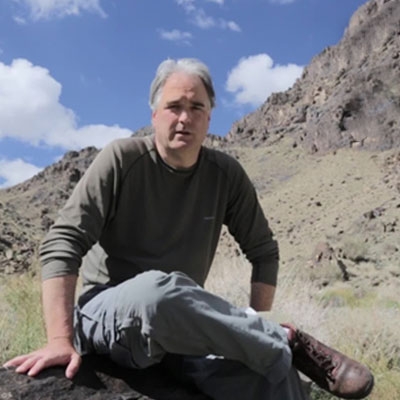
A mysterious and untimely death is not what first comes to mind when I think about wildlife conservation. But the death of conservation ranger Lkhagvasumberel (Sumbee) Tumursukh, who worked with the Mongolian Snow Leopard Conservation Foundation, is a mystery indeed.
Sumbee was a promising young researcher; originally from the water-rich Khuvsgul province of Mongolia, he had taken to the arid lands of the Gobi desert, where he worked, as his second home. His body was found November 11, 2015, in Lake Hövsgöl in his home province, and his death was ruled suicide-by-drowning.
But some are not satisfied with that finding. And whatever the ultimate cause of his death, over the past two years Sumbee had been attacked on at least three separate occasions by individuals fighting his attempts to enforce protected area laws at Tost Uul, a mountain range in the Altai Mountains in the Gobi Desert.
The High Stakes of Land Use Conflict
In my previous piece on energy sprawl, I focused on the tenuous balance between energy access and conservation, especially in regards to renewables like wind and solar with large land footprints. But all forms of energy development can produce conflict. In Mongolia, this manifests as a struggle between mining and conservation. The Tost Uul area boasts both wildlife and mineral riches: its steep slopes are home to Argali and Ibex, the top prey of snow leopards, but the mineral wealth beneath the surface also leave it criss-crossed with mining leases.
Around the time that Sumbee was attacked, the move to make Tost Uul a national protected area was gaining traction. Tost Uul was already a “local protected area,” but national designation would bring additional management restrictions and a level of permanent protection that would require an act of parliament.
Due in large part to the support of the local community, in 2016 Tost Uul and its surrounding area—1.6 million acres, an area larger than the state of Delaware—received national protected status. The elevated status would make developing the area’s mineral resources difficult, if not impossible.

The Perfect Recipe for Conflict
Unfortunately, similar conflicts are playing out all over the world. The world population is predicted to approach 9 billion by 2050, with global demand for energy, food, minerals and other resources skyrocketing as a result. Unsurprisingly, the development required to meet these demands is likely to have significant impacts on the natural systems that support both human and wildlife populations.
Read the rest at National Geographic.


